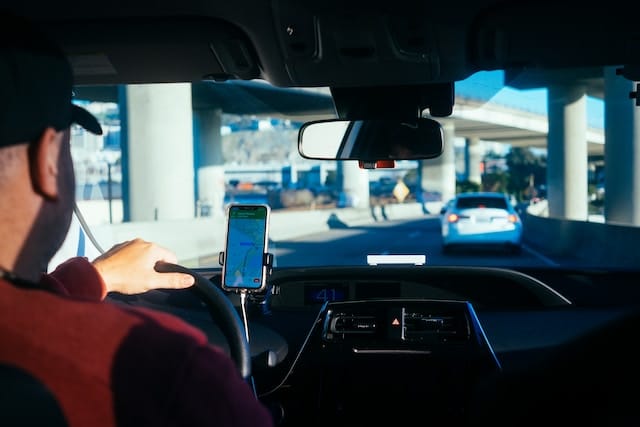As the dawn of autonomous vehicles steadily approaches, the potential these self-driving cars hold for transforming our roadways is indeed tantalising. But, it also triggers a crucial question: How will these vehicles handle emergency situations? More importantly, will their decision-making algorithms align with our human ethics?
Today, we delve deep into the ethical implications of autonomous vehicles, particularly in emergency situations. We’ll explore how autonomous vehicles could change the traditional traffic code, how they might handle the infamous trolley problem, and what important ethical guidelines are being considered in their development.
Dans le meme genre : The potential of AI-powered virtual therapists
The Collision Course of Autonomous Vehicles and Traditional Traffic Code
The transition from human drivers to autonomous vehicles will inevitably bring an upheaval to our traditional traffic code. After all, the code was designed keeping humans, with their instincts and unpredictability, at the wheel. But with vehicles now being able to ‘think’ for themselves, we need to ponder how this will play out on our roads.
The autonomous vehicle’s decision-making process in regular situations should be relatively straightforward, aligning with the traffic rules. For instance, stopping at a red light, not exceeding speed limits, and giving way to pedestrians are all logical rules that autonomous vehicles can easily follow.
A lire aussi : How to use AI for your publications ?
However, the real challenge lies in how these vehicles will handle emergency situations. For instance, if an autonomous vehicle encounters a child who has suddenly run onto the road, it must decide in a split second whether to swerve and potentially hit another vehicle or attempt to stop, risking injury to the child. The ethical decision-making in such situations is not as clear-cut as following a traffic code.
The Trolley Problem and Autonomous Vehicles
The “trolley problem” has become popular in discussions about the ethics of autonomous vehicles. It’s a classic ethical thought experiment that poses a difficult choice: should the autonomous vehicle, in an unavoidable crash, protect its passengers at the expense of pedestrians or risk the passengers to spare the pedestrians?
In the real world, human drivers react instinctively in such situations, often based on their immediate assessment, personal biases, or even pure adrenaline. But for an autonomous vehicle, the response has to be pre-programmed, making it a deliberative ethical decision.
The solutions are not easy. On one hand, prioritising passenger safety might feel like the right thing to do, reflecting the duty of care a driver has for their passengers. On the other hand, it could be argued that by choosing to use an autonomous vehicle, passengers have accepted a certain level of risk, and thus the vehicle should aim to minimise overall harm, potentially prioritising pedestrians.
Ethical Guidelines for Autonomous Vehicles
Given the complex ethical considerations involved, it’s crucial that clear ethical guidelines are established for autonomous vehicles. In fact, scholars in the field of ethics, technology, and law have been wrestling with this issue, creating a sort of social contract for these vehicles.
One of the main discussion points in this social contract is the principle of non-maleficence, which stresses that autonomous vehicles should aim to limit harm as much as possible. This might mean, for instance, that autonomous vehicles are programmed to prioritise avoidance manoeuvres over decisions that would lead to a collision.
Another significant point being considered is transparency. The public should be able to understand how an autonomous vehicle makes its decisions. This could help build trust among road users, making the transition to autonomous driving smoother.
Conclusion: Balancing Safety and Ethics
Navigating the ethical landscape of autonomous vehicles in emergency situations is indeed a challenging task. As we move towards a future with autonomous vehicles, we need to strike a balance between ensuring road safety and respecting ethical norms.
One thing is certain: the development of autonomous vehicles cannot be strictly a matter of engineering; it also requires careful consideration of ethical principles. By integrating these principles into the design and operation of autonomous vehicles, we can hope to create a future where the roads are not only safer, but also more just.
After all, the ultimate goal is to ensure that autonomous vehicles serve the best interests of all road users, preserving human life and dignity at every turn.






